Promising candidates for efficient future electronics, researchers are exploring these exotic materials for better computer memory, hard drives, even quantum computers.


Promising candidates for efficient future electronics, researchers are exploring these exotic materials for better computer memory, hard drives, even quantum computers.
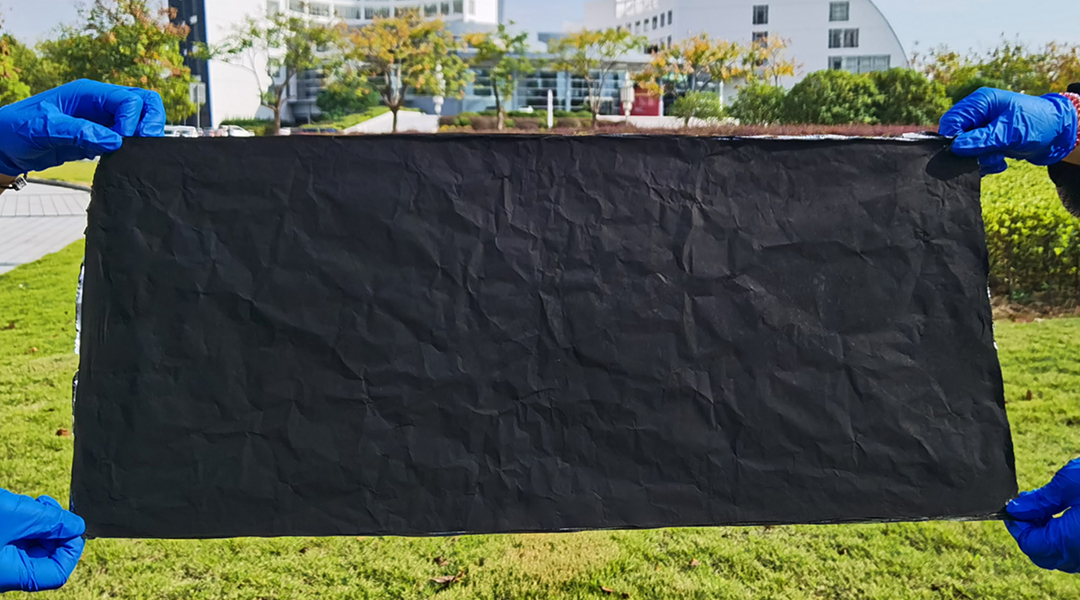
Researchers create a multi-layered electronic skin that mimics human skin with applications ranging from robotics to telehealth.
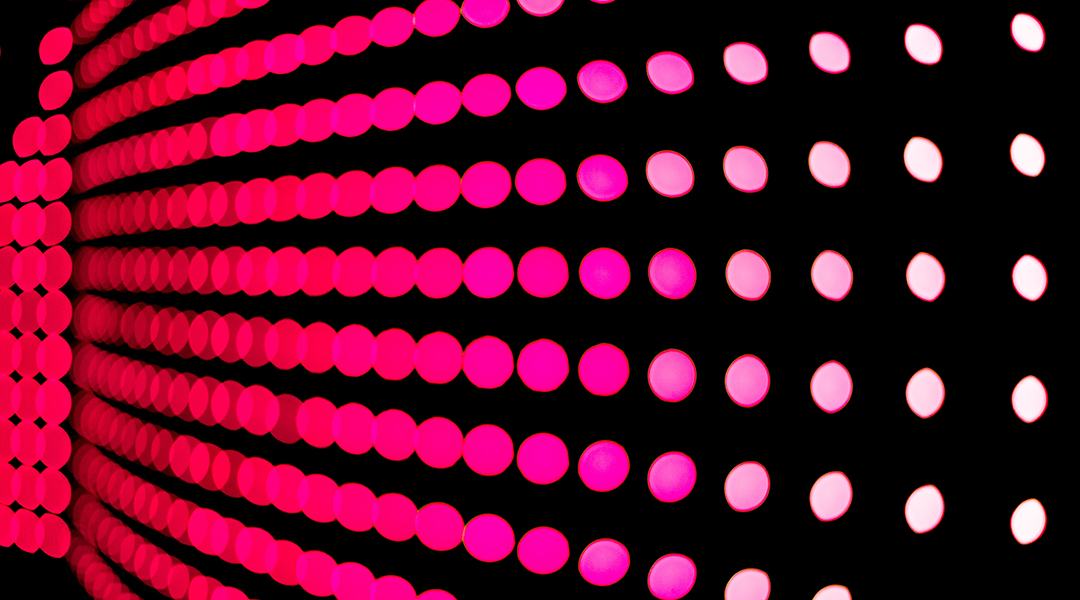
AI is changing the labor-intensive process of manual cell counting, offering improved accuracy, efficiency, and a door into new scientific applications.
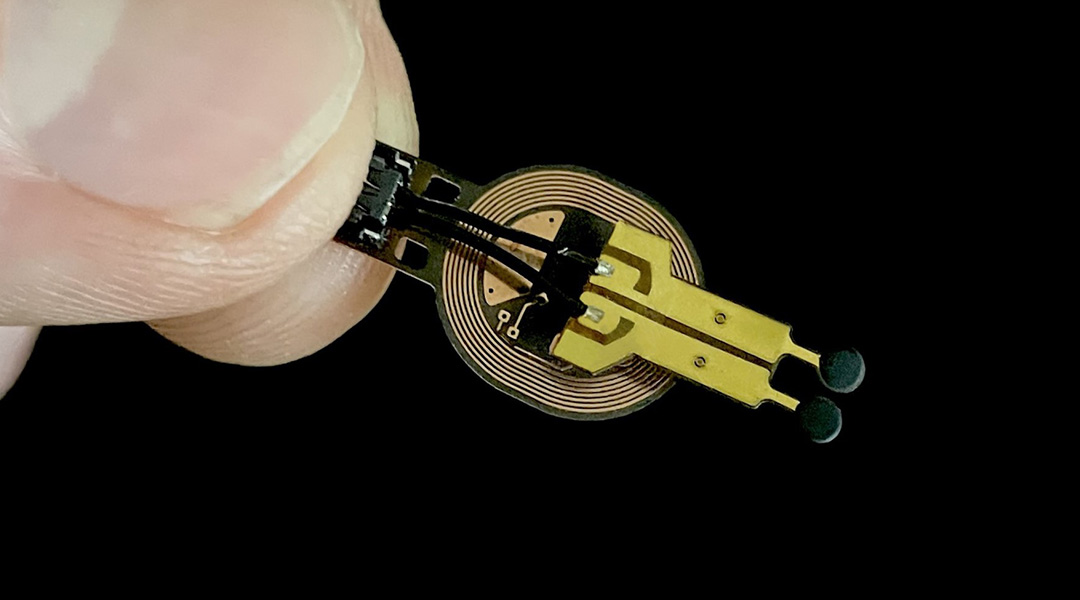
Scientists develop a sensor that predicts wound healing rate with more than 70% accuracy.

Capable of measuring stress through micro gestures “EmoSense” could find its way to wearable electronics in the future.

An acid sensitive hydrogel makes it possible to detect dangerous leaks before they cause damage.
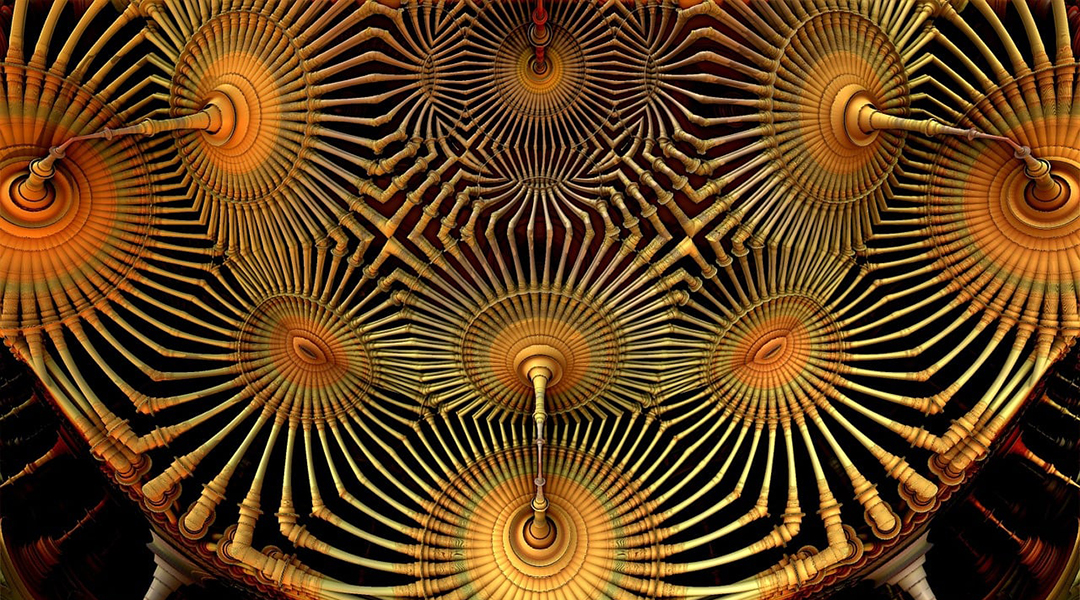
A new type of superconductor may just be what physicists have been searching for over the past 40 years.
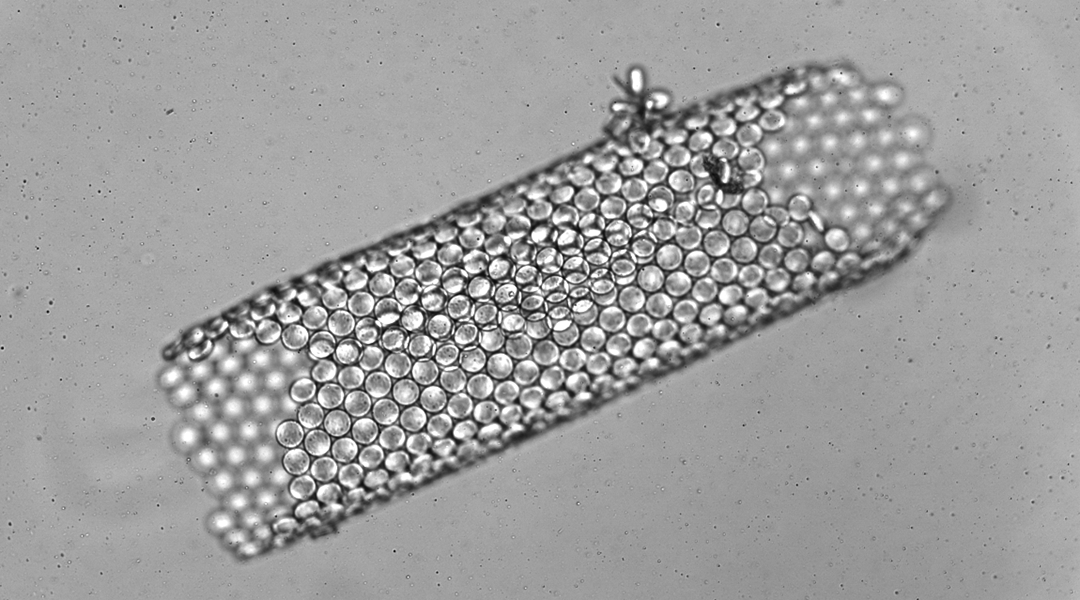
Scientists have developed a method to produce millimeter-scale soft robots by chemically binding hundreds of microrobots together.
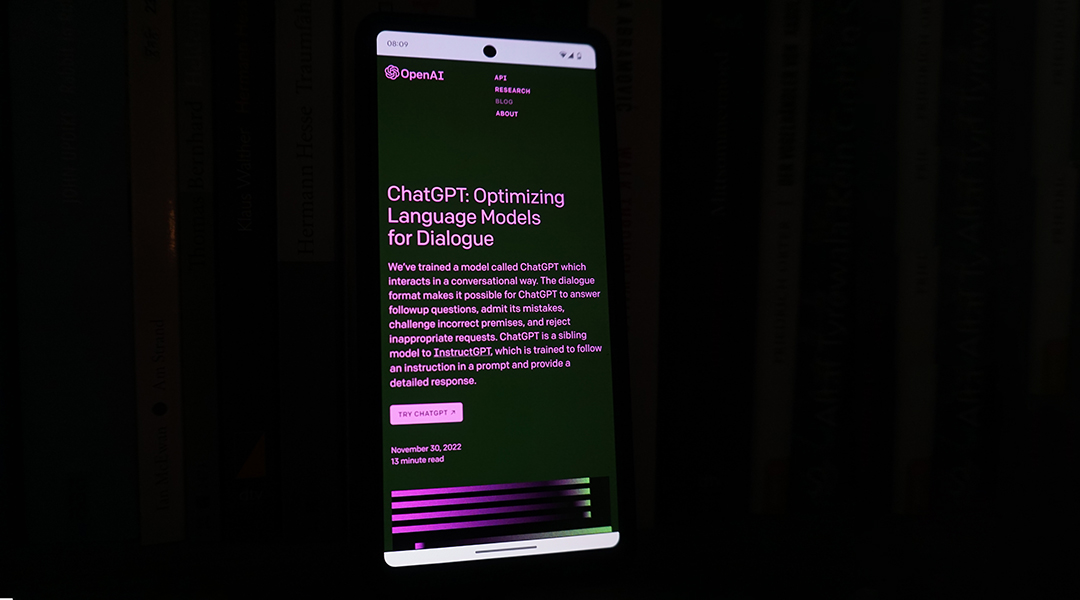
GPT detectors wrongfully flagged a majority of submissions by non-native English speakers as AI-generated content, raising concerns about their use.
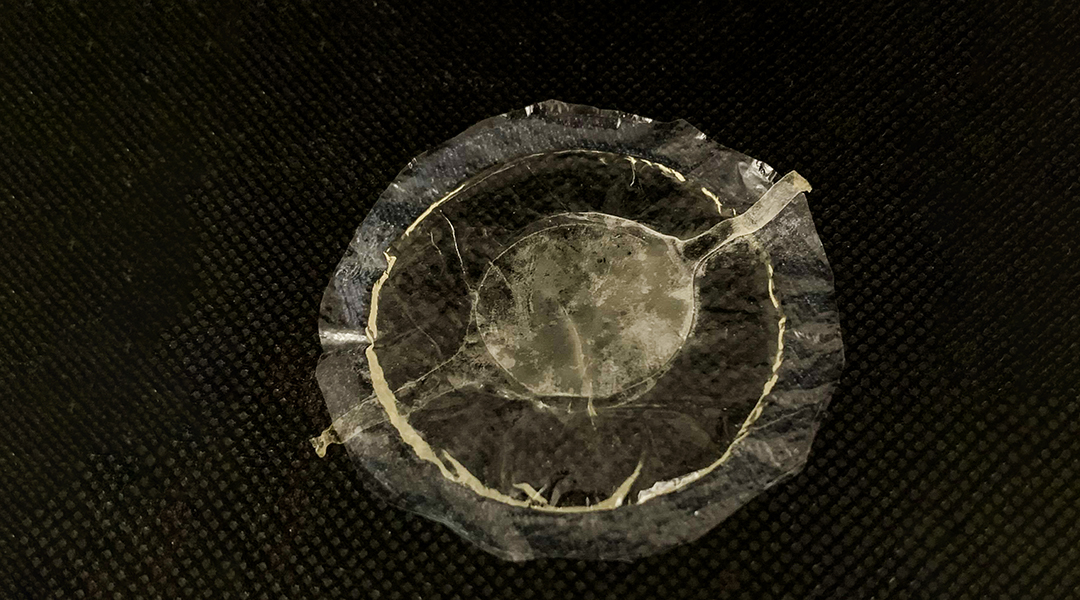
A soft, biodegradable actuator that could drive the motion of biodegradable robots and a future in symbiosis with human operators.